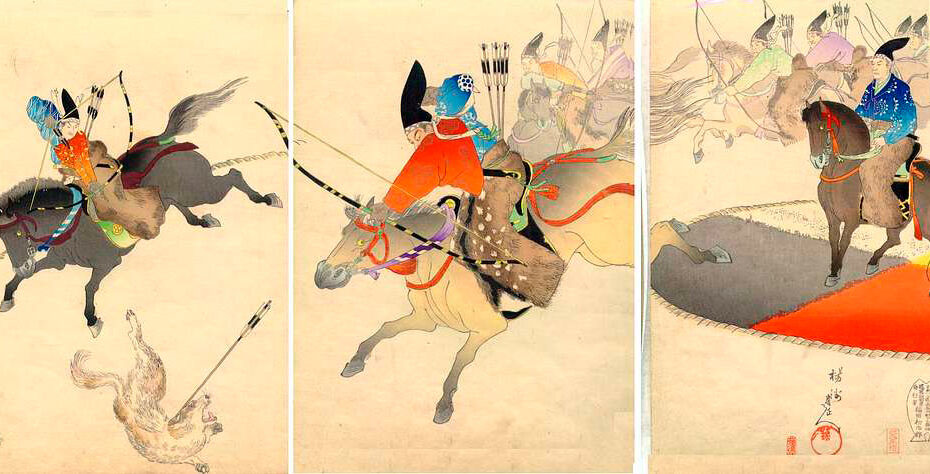Although there are many countries and cultures across the globe who revere and celebrate the power, spirit, and history of the horse, there are far fewer who are credited with creating equestrian sports in honor of the relationship between humans and horses. However, through its connection to the Korean peninsula, Japan was introduced to what is considered one of the earliest forms of the sport of polo known as Dakyu. Today, this sport is only played for historical and cultural remembrance, but due to its heavy influence towards the creation of polo, the legacy of the sport can still be seen across Japan through its equestrian culture, various polo clubs, and growing dedication to spreading awareness about polo.
Dakyu
Dakyu is an ancient equestrian sport that migrated to Japan via Korea after originally developing in 8th and 9th century China. Similar to polo, the objective of the sport is to hit a ball with a stick to score a point, while facing other mounted opponents. However, there are some key differences between Dakyu and polo. Dakyu was primarily played in two different styles, but the one that is most similar to polo is called Kagamiryu style. This style of Dakyu is played with two teams of four mounted players; one team is white and the other is red. There are two goals on each side of the field and multiple red and white balls that the corresponding colored team is meant to hit into the goals. In Dakyu, the use of multiple balls, shorter sticks, and far less rules against contact and collisions are the primary factors that set apart this ancient sport from that of modern day polo. Today, Dakyu can still be seen at the Imperial Household Agency in the former mid-Edo period style of play. However, this is not the only location in Japan where polo can be found.
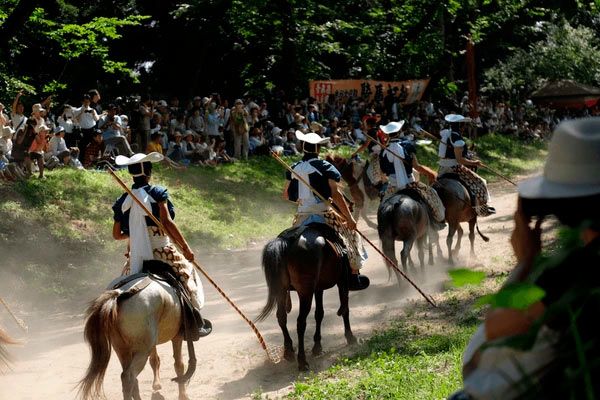
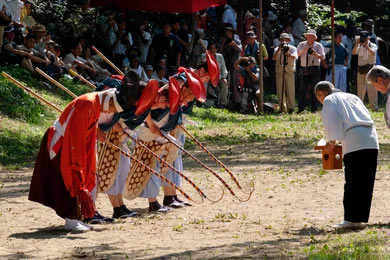
Hokkaido
As the second-largest island of Japan, Hokkaido makes up its own northern region. Its location at the northernmost point of the island makes the region significantly colder than the surrounding islands, which makes it an ideal place for crops, fields, and livestock to thrive. This unique quality made Hokkaido the ideal location for the first polo in Japan to be curated and maintained beginning in 2018. The Hokkaido Home Farm and Polo Association is the oldest and largest polo club in Japan that began through a partnership with the Japan Polo Association. In an effort to create a polo network and spread awareness about the sport across Japan, the JPA helped begin the Hokkaido Polo Club, and it has since seen tremendous growth through its high quality events and beautiful location.
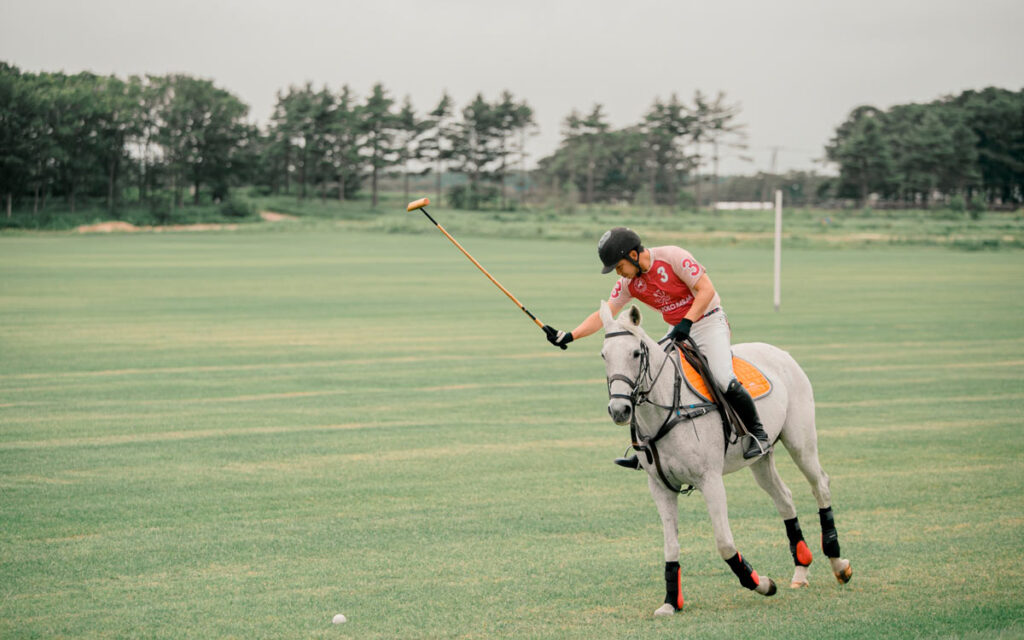

Beyond the polo foundations in Hokkaido, the island is also an excellent destination for any visitor interested in exploring urban life in Japan without venturing into Tokyo, as Hokkaido is home to the largest city north of Tokyo; Sapporo. In Sapporo, there are several historic shrines, hundreds of music festivals each year, and of course, the famous Sapporo ramen and beer factories.
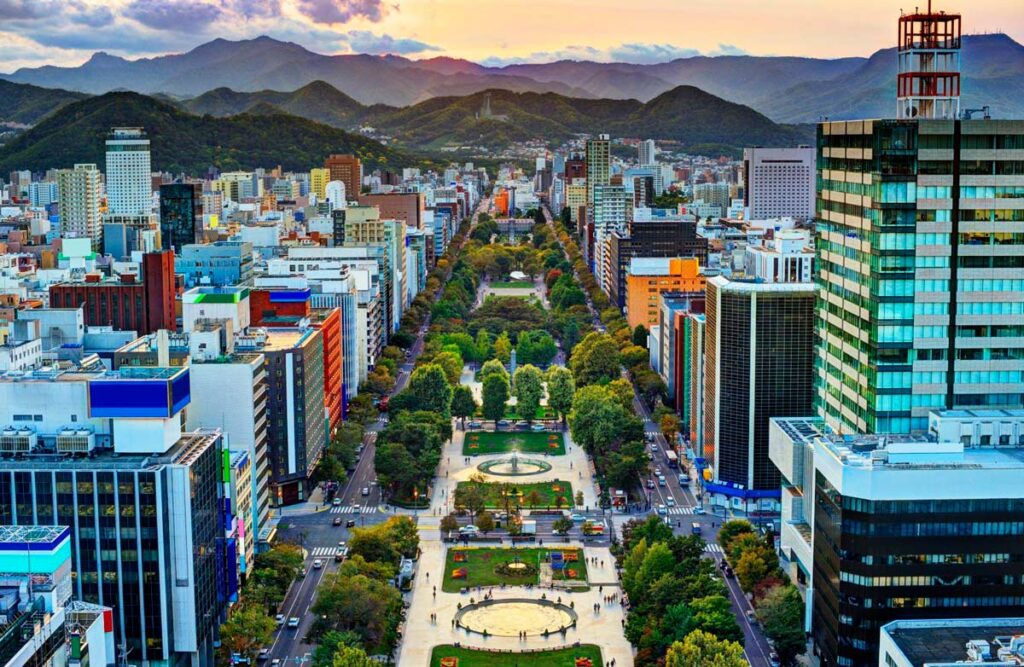
Numata
Although Numata is not one of the most well known travel destinations in Japan, it has some of the most beautiful surroundings despite its compact urban population. Numata is the largest city in the Gunma Prefecture with a population of over 46,000 people in half as many households. Despite the tight living quarters of the Numata, the many citizens who call this city home have easy access to a variety of unique urban oases such as the Tone River in the western part of the city, the Fukiware Falls that are ranked in Japan’s top 100 waterfalls, and the historic Numata Castle grounds. However, for those looking for activity to escape from Numata’s bustling city life, then the Okamoto Riding Club is a great way to experience the equestrian history of Japan, while supporting the modern development of the sport of polo across the country. Located near the foot of Mount Fuji, the Okamoto Riding Club offers both Japanese and English speaking polo lessons for beginner to advanced riders on open, scenic grounds. With the JPA just getting started in the country, polo clubs like the Okamoto Riding Club are essential assets to the development of polo in Japan and taking the country’s polo clubs to the international level.
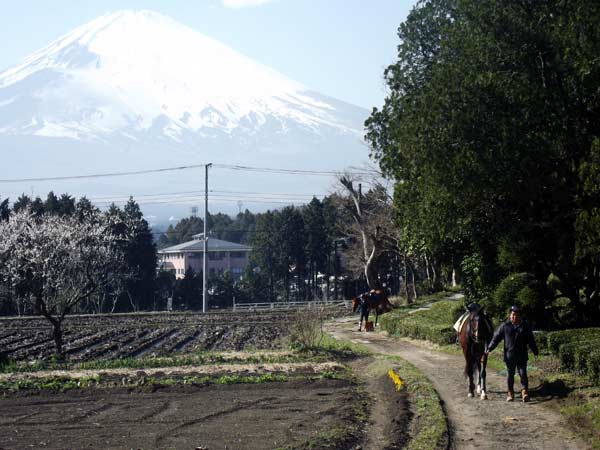
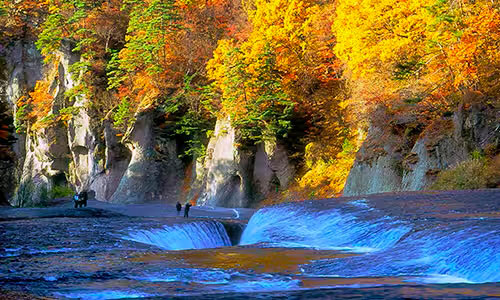
Written in collaboration with Lily Brennan
